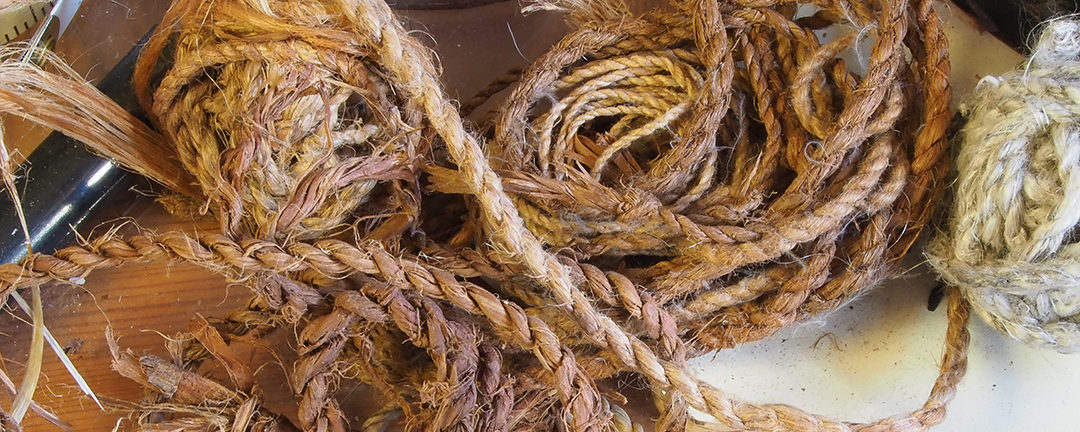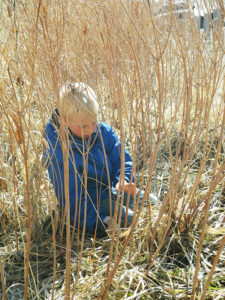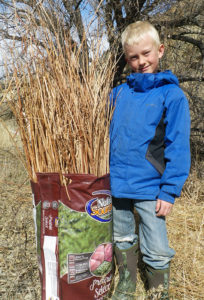When the old post office in Gardiner was being built, our neighbor found a chipped piece of obsidian in the earth around the site. That piece turned out to be an 11,000 year-old fragment of a projectile point knapped from volcanic glass that mined at Obsidian Cliff, inside what is now Yellowstone National Park. To this day, that small fragment is the earliest record of humans in the northern reaches of Yellowstone—and was likely lost by its maker/owner, when great sheets of ice still filled the valleys that so many of us recreate in today. One’s imagination runs wild with what this place, and life, must have been like for those first residents of Yellowstone. What did they eat, what did they wear, where did they hunt, fish, build their shelters? Though the field of archeology does shed some light on this subject, much of the ‘soft tissue’, is gone—things like their language, the exact steps they took to make their lodges, sew their cloths and cook their meals.
A glimmer into that past is what young George and I found on a recent outing. The two of us left mom to finish a bit of writing while we pursued a bit of ethnobotany and visited a patch of dogbane plants that I knew about—it was harvest time. We often make an effort to take time to ‘just go,’ i.e. do things that extract us from the daily routines and to-do lists, and in the case of today, exploring some of the wonders in our native plants was on the agenda. Outings like
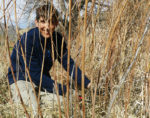
George’s photo of dad in the dogbane 😉
this recreate some of that ‘lost Yellowstone’ for us and fuel the imagination in a more pointed way. For the earliest residents of our home, the land provided everything they needed—and it still does—if you are willing to learn. Have ever wished you had a piece of string to replace a broken shoelace, or to bind something while on a backpacking trip? If so, the solution may be closer than you think. Our extracurricular studies on this day amounted to harvesting common dogbane, aka, Indian hemp (Apocynum cannabinum)—and at 45 degrees latitude north, absorbing some late-winter vitamin D, too.
The dogbane plant is classified as a “wide-spread, poisonous weed,” (poisonous only if ingested) and can be found across all of North America, but when harvested after the stems are aged and dried, the fibrous, outer skin can be removed and used for all sorts of helpful things, up to and including that emergency shoelace. Cultures around the globe, including those of Yellowstone Country, have used plant fibers for all sorts of articles from thread, fire starters, bandages, cordage, rope, and bow strings to fishing line, nets and textiles. This plant, along with its relative, Apocynum androsaemifolium, or spreading dogbane, are both found in and around Yellowstone and can be used to make some amazingly tough string or rope; we find that the former’s fibers are much finer and and easier to work with, however.
More than just a bit of nifty woodcraft or survival skills, coming to know the plants, animals and minerals in the place we live, yields a much greater sense of appreciation for this landscape and those who came before us. In a place like Yellowstone, dominated by superlatives like “the tallest active geyser in the world,” “residing atop the planet’s largest active volcano,” and “being at the headwaters of the longest free-flowing river in the United States,” etc, the subtle, and arguably, some of the most meaningful aspects of life here, get overlooked. Each thing, living or not, combines to create something much bigger and quite magical. Though I hope to use some of the dogbane cordage for some of my artwork, if it doesn’t get used, the act of placing a date on the calendar to take notice of certain plants, animals and other phenomenon, is still worth the effort… like finding that bird’s nest made with dogbane fibers in the brush nearby!
Heading out into the mid-winter sunshine with my son, and cutting those pithy stems, talking, joking and twisting plant fibers between our fingers, brings us closer to the season, each other, and the sense of being a part of something much larger. As I looked over the Yellowstone River lying low in its channel, snaking between boulders of polished granite and ebony basalt, there was a feeling that we weren’t the first father and son to be doing this. Today, dogbane literally ties us to our past, our present and this place.
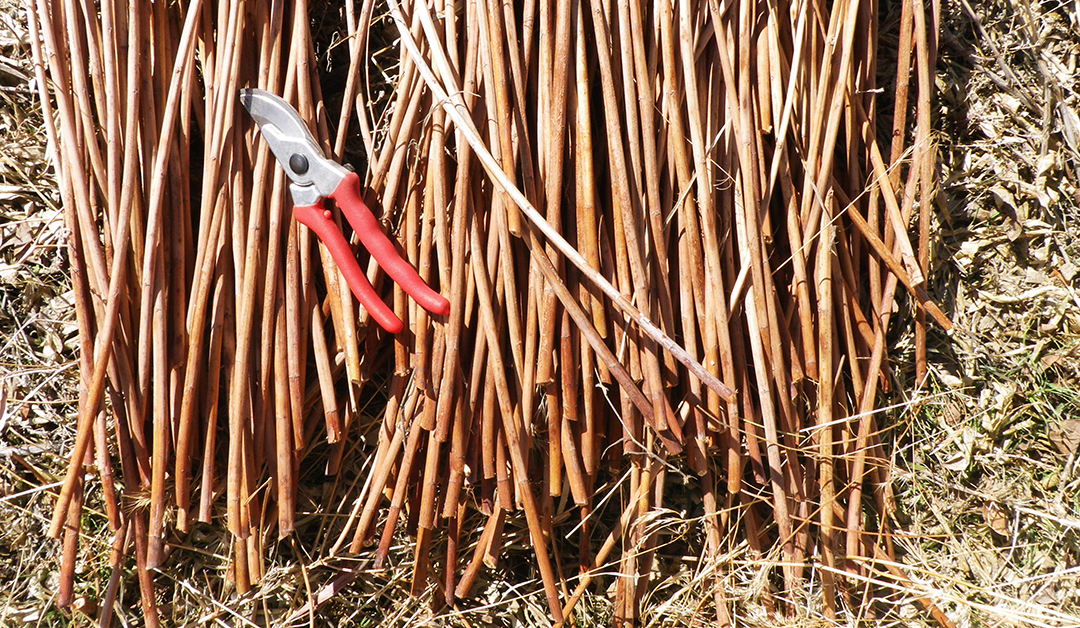
Try your hand at making some of your own dogbane cord—a really fun project for a child or adult in the outdoors—watch this video and let us know how it turns out!
Here is one place that I have already used dogbane cordage with my artwork… as a lanyard for the bronze grizzly bear claw, “Great Bear Medicine“.
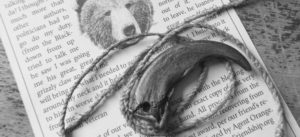
“Great Bear Medicine,” with dogbane cord.

